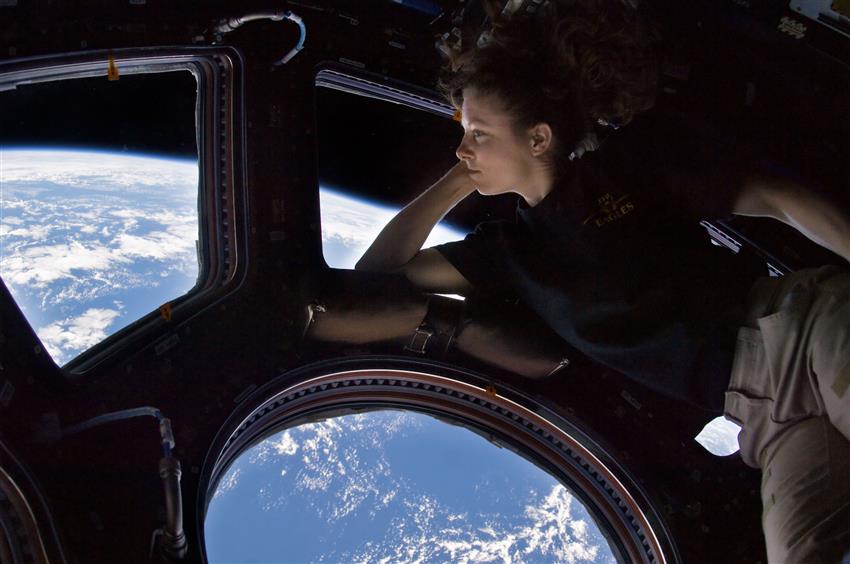At Home in Space: How astronauts adapt to life on the ISS
At Home in Space was Canada's first psychosocial experiment on board the International Space Station (ISS). It examined how astronauts from all over the world make the Station feel like home, far from friends and family, in an often stressful space environment.
Background
Astronauts spend years training for their missions, but no amount of groundwork can truly prepare them for the unique, spontaneous adaptations they must make when living in space. They are faced with isolation, loneliness, high stress levels, and cramped quarters with new roommates.
At Home in Space took a closer look at how crewmembers adapt to living with each other by creating a shared culture. Its findings could help develop guidelines to enhance the well-being of space travellers during longer trips to faraway destinations like Mars.
Objectives
At Home in Space aimed to:
- gain a better understanding of the mental, emotional, social, cultural, and environmental adjustments that astronauts make during their missions
- examine the creation of a "space culture" that transcends cultural differences
- describe the strategies astronauts use to cope with a long absence from family and their life on Earth
- identify aspects of the astronauts' backgrounds that might have affected their ability to adapt to life in space
Impacts on Earth
The findings of this study could be applied to people living in remote environments. Expeditions to polar regions, military deployments, voyages on cargo ships, and jobs on oil rigs are extreme experiences that feature small quarters and having little contact with family for long periods of time.
A greater understanding of cooperative living could also help nursing homes learn how to ease a new resident's transition into a shared space.
How it works
Twelve astronauts participated in this study. They were asked to fill out questionnaires at five points before, during and after their journeys:
- Pre-flight questionnaire: four to five months before the space mission
- First in-flight questionnaire: two to three weeks after arrival on the ISS
- Second in-flight questionnaire: three to four weeks before return to Earth
- First post-flight questionnaire: one month after return
- Second post-flight questionnaire: six months after return
They were also encouraged to take pictures of celebrations or any other examples of a "space culture" being created and of their customized living quarters.
Astronauts in space have Internet access! Laptop computers are available for personal use like email and social media. This helps them stay connected to life on Earth. You can follow your favourite astronaut on social media for updates as they make a home away from home on board the ISS.
Timeline
At Home in Space began in and on-orbit data collection was completed in .
Astronaut Thomas Pesquet explains how crews cope with living in space
Astronaut Thomas Pesquet explains how crews cope with living in space. (Credits: Canadian Space Agency, ESA, NASA)
Research team
Principal investigator
- Dr. Phyllis J. Johnson, University of British Columbia
Co-investigator
- Dr. Peter Suedfeld, University of British Columbia

